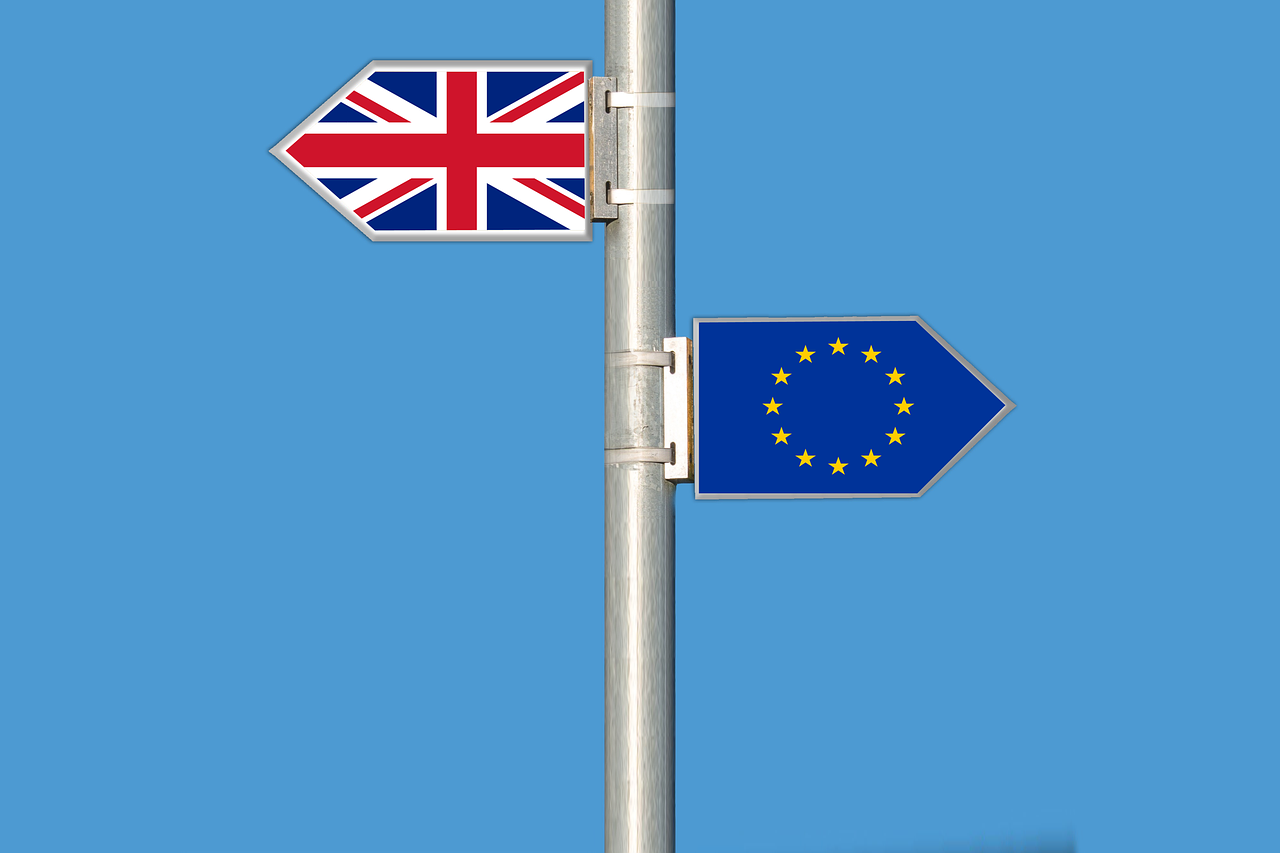Last Updated on: 22nd November 2023, 05:25 am
Patrick Cantrill, Partner at law firm Womble Bond Dickinson, looks at how Brexit will impact the protection of geographical indications.
What are geographical indications?
In the EU, protection can be given to certain signs which indicate that a product has a specific geographical origin provided such possesses certain qualities or meets specific standards. The sign usually includes the name of the geographical area, and can be used by all organisations which manufacture the product in the defined way.
The term “geographical indications” include:
- Protected Geographical Indications (“PGIs”) – which demonstrate a link to the territory where at least one of the stages of production, processing or preparation takes place
- Protected Designations of Origin (“PDOs”) – which refer to goods that are produced, processed and prepared in the designated territory, so having closer links with the area.
The term therefore encompasses both PGIs and PDOs. They aim to protect legitimate interests of consumers and producers, ensuring the terms are used fairly, thereby preventing potentially misleading practices.
Currently, there are EU regulations which protect geographical indications for wines, aromatised wines, spirit drinks, and agricultural products and foodstuffs. Examples include Champagne, Scotch whisky, and Cornish pasty.
Post-Brexit position on geographical indications
European Union law regulates the use and registration of geographical indications. As currently drafted, Article 50(2) of the Draft Text enables geographical indications protected i.e. registered by the last day of the transition period (31 December 2020) to continue beyond the UK’s exit from the EU with the same level of protection in the UK without any re-examination. However, this provision has not yet been agreed and discussions are still ongoing as to whether this wording will form part of the final agreement.
As a result, it is not known whether the position as currently drafted in Article 50(2) will be implemented following Brexit. The possible options include:
- The UK continues to recognise the current EU protected geographical indications and any post-Brexit EU geographical indications.
- The UK continues to recognise the current EU protected geographical indications, but after the end of the transition period, any new EU geographical indications will not be recognised in the UK.
- The UK ceases to recognise all EU protected geographical indications.
Faced with all of the above options, the UK may choose to establish its own system for protecting geographical indications If so, the UK might maintain a register of UK protected signs, such as Kentish ale, Scottish wild salmon and Welsh beef, which are all protected under the current EU system.
Impact
As the position on geographical indications following Brexit is not yet agreed, it is uncertain whether Article 50(2) as currently drafted will be implemented. However, if it is agreed, there would be no change to how individuals and businesses are allowed to control and/or use signs which are already protected geographical indications.
However, the text of Article 50(2) is not agreed and if the UK were to follow Option 3 (above), signs formally registered as PGIs and PDOs would cease to have such protection in the UK. They may become terms that are free for all traders to use, without those traders having to follow the necessary production, processing or location requirements of the geographical indications. Faced with such a prospect, users of formally protected geographical indications might consider applying to register the relevant signs as UK trade marks thereby obtaining a monopoly over such signs.
Practical tip: If your business uses a sign which includes a protected EU geographical indication, it would be prudent to review your use of the sign, to monitor the general use of the protected sign in the marketplace, keep up to date with the discussions and negotiations surrounding Article 50(2) and, subject to any rules relating to the registration of PGIs and PDOs, register your relevant signs as trade marks.




